SMAC - TRENDS DETERMINING THE FUTURE OF ICT

This term is an acronym coined from the initials of the English words for the four forces that will determine ICT in the next decade: social, mobile, analytics and cloud. It means a new combination of products and services to which an increasing number of companies adapt in order to be able to provide an efficient and forceful user experience.
To demonstrate this with an example, let us examine Netflix entertainment industries. Netflix implements its recommendation system with the help of sophisticated analysing algorithms used to forward custom-tailored offers to the user. Users can watch films streamed from the cloud to various devices (TV, tablet, telephone), and share their experiences on social spaces. They can do all this in the framework of an integrated service.
These components could also be accessible separately, the essence of SMAC stack is that the four areas collaborate: the new functions build on each pillar in a premeditated way. For example, the new opportunities ensured by a mobile devices allow more detailed data collection, which in turn is made possible by the availability of cloud capacities, and the latter form the basis of analyses performed to provide deeper customer experience and can be promptly integrated into social channels. Thus in the course of developing application/service and the integration of new functions, the four areas are interdependent, support one another, improvement in one creates opportunities in the other, and thus they cannot be managed completely separately.
(C)loud
From among the big four perhaps the cloud is to most complex concept, as it means a technology, a business solution and a sales model simultaneously. It can be examined according to technical, work organisation or financial (efficiency) considerations, let alone its social and welfare effects.
In terms of economy, low investment costs (benchmark) and the predictable costs adjusted to the current needs are usually mentioned as the most important advantages offered by cloud-based services. In terms of operation, too, flexibly, fast and simply extendable capacities are worth mentioning.
In addition to high availability, however, rarely mentioned technical considerations also pop up. Here is the question of platform independence, for instance. When the IT background of a company is provided by a “traditional” client/server architecture, the clients and servers integrated into the architecture are subject to considerable rules and requirements. The reason is that the applications used by the company do not work on just any platform. For this reason, no matter how much you want to work on a Macintosh to do your other graphical jobs, if the corporate applications (and the IT) do not support it, nothing can be done. This situation is obviously untenable in the case of BYOD, the underlying concept being “bring the device you like” and not “bring the device you are allowed to bring”. However, resolving difference between the various user devices and providing for the possibility to use several kinds of devices are still tasks to be solved (by the cloud service provider). Another task waiting for solution by the cloud is the provision of (data) integration between the various services. To this end the developers of the individual services publish interfaces for other service providers to use their functionalities (free of charge or against payment). The cloud services interconnected this way can rapidly generate highly spectacular and useful complex services (e.g. Google map service and Flightradar24).
T-Systems Hungary offers its cloud-based services to its customers under the name InstantICT. Among others these include public, private and hybrid cloud solutions, depending on the sensitivity of the data managed by the required system. Within the framework of instantICT, the virtual server service called instantServer is also accessible for a trial period, automated, without establishment, truly from the cloud.
Back
Sympo2014logo
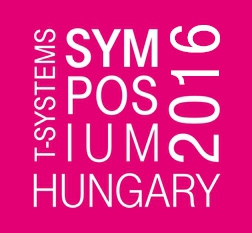
Event Partners
Diamond level partner

Emphasized technological partner

Gold level partners
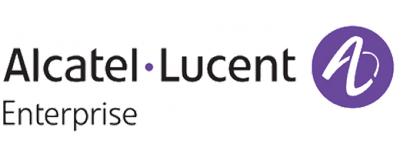


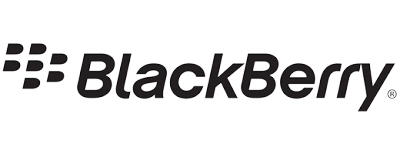

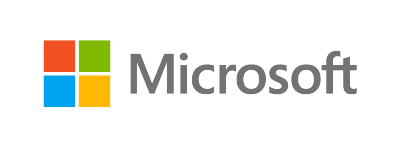


Emphasized international partner
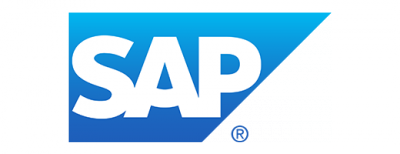
Silver level partners
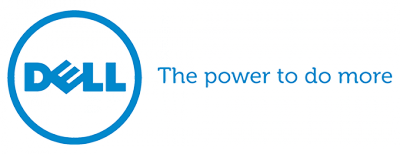
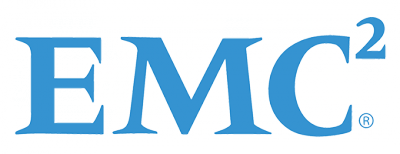

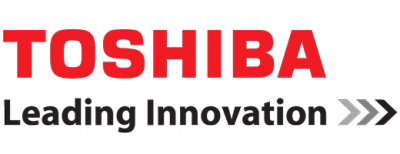
Professional partner
Professional partner

Collaborator partners
Collaborator partners
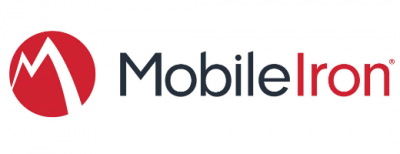
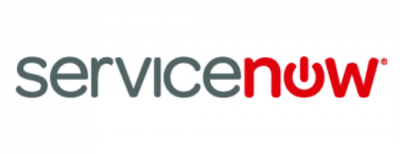
Strategic media partners
Media partners








